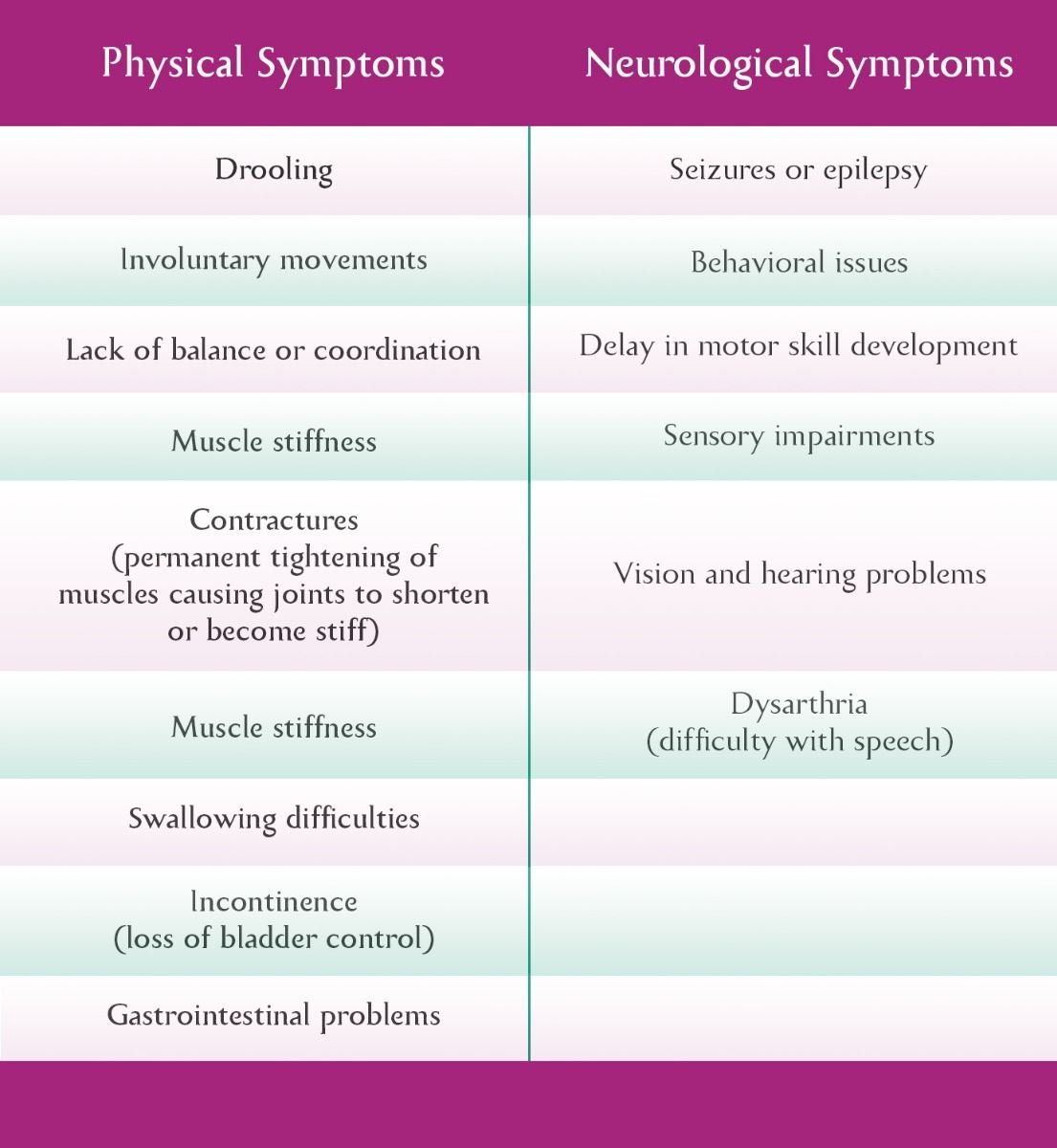
BabyCord 1 Year
Bank baby's stem cells, pay for storage annually
₹20,330.00
At birth, your baby’s umbilical cord is loaded with special cells known as stem cells. These cells are used to treat certain cancers, genetic disorders and immune deficiencies.1 While there are many ongoing clinical trials proving the same, one of the latest articles has highlighted some positive aspects of stem cell treatment for cerebral palsy. Read on to find out the scientific progress achieved in this field!
Before we begin, let us understand what cerebral palsy means. CP is a group of lifelong conditions that might develop before, during or after childbirth. And, the term “cerebral palsy” is derived from combining 2 words i.e. “cerebral” which refers to the brain’s cerebrum that regulates motor function and “palsy” indicates paralysis of certain voluntary movements.2,3
According to the World Health Organization (WHO), 3.8% of the total population suffers from some form of disability in India. And, amongst all the physically handicapped children, 15 to 20% of them have Cerebral Palsy (CP).4
So, are you aware of how this condition arises?
And in what way stem cell therapy can be a new hope for CP patients?
Let’s find it out!
CP can occur if a baby’s brain is not developed properly while they are in the mother’s womb. And studies suggest that, extremely preterm babies are at a higher risk of developing CP with a prevalence rate that varies between 7-20%. There are several factors that may lead to this condition, such as:2,3,5
Based on the symptoms, the doctor may refer the child’s condition as a specific type of CP such as:6
The symptoms of cerebral palsy usually become noticeable after the first 2 to 3 years of a child’s life. Certain physical and neurological symptoms that may affect a child’s development include:2,3

These symptoms may differ from child to child depending upon the severity. Hence, parents must monitor their child’s developmental milestones timeline, as some developmental delays might go unnoticed.2
While there’s no cure for CP, early diagnosis can help manage the condition effectively. Children with CP can be active and independent with an appropriate treatment regimen. Physiotherapy, speech therapy, occupational therapy, and alternative therapy (music or aquatic therapy) are a few treatments that can be helpful.2,3
Although there isn’t any cure, many ongoing stem cell trials hope to improve the lives of cerebral palsy patients. And, some medical journals have also demonstrated that CP patients who’ve received stem cells have shown significant improvements.7 Here’s how!
The Duke University’s Medical Center enrolled hundreds of children into clinical trials using cells from umbilical cord blood for neurodevelopmental conditions. All the therapy programs of Duke operate under Investigational New Drug (IND) approvals from the FDA. The FDA-approved Expanded Access Program (EAP) allows children to obtain infusions from their own or sibling's cord blood. Any family having a child with an acquired brain injury is eligible for this therapy - provided the child’s or sibling’s cord blood is stored. And, one of the many studies published at Duke University concluded that, children with CP who received their own cord blood stem cells showed improvements in muscle movements. Here’s a gist of how the study was carried out and the amazing results they achieved!7,8,9
This study was carried out to assess the potential of cord blood to treat children with CP. And, based on the results it was believed that appropriate doses of a child’s own cord blood might help to improve motor function and brain connectivity. So, the phase II study was conducted on 22 children whose cord blood stem cells were already stored at Cord Blood Registry (CBR) - one of the largest stem cell banks in the world located in Arizona.9,10
At Duke University, the trial was designed as a double-blind crossover study. Each participant was randomly assigned and given either cord blood or a placebo (a substance with no pharmacological effect). They all were monitored for a year and then crossed over (where they were given the opposite product) for an additional year. While this took place, the participants, families and primary researchers were blinded (not aware of when the participants received the cord blood or placebo).9
Children who received cord blood infusion above the median dose i.e. >20 million total nucleated cells per kilogram showed significant improvements in their gross motor function. And, the ones who received a higher dose showed improvements in their whole brain connectivity as compared to the ones who received a lower dose.9
Additionally, it was also seen that the cord blood cells in experimental systems improve motor function by the means of paracrine signaling (which allows cells to communicate with each other).11
In recent years, stem cell therapy is emerging profoundly as a potential treatment to cure various diseases. Plus, a few top research groups believe that, kids at an early age tend to respond better, increased cell doses and also cord blood of a closer HLA match to the patient (own cord blood) might be useful.12 However, there are multiple stem cell studies showing promising results which can definitely be a ray of hope for CP patients.